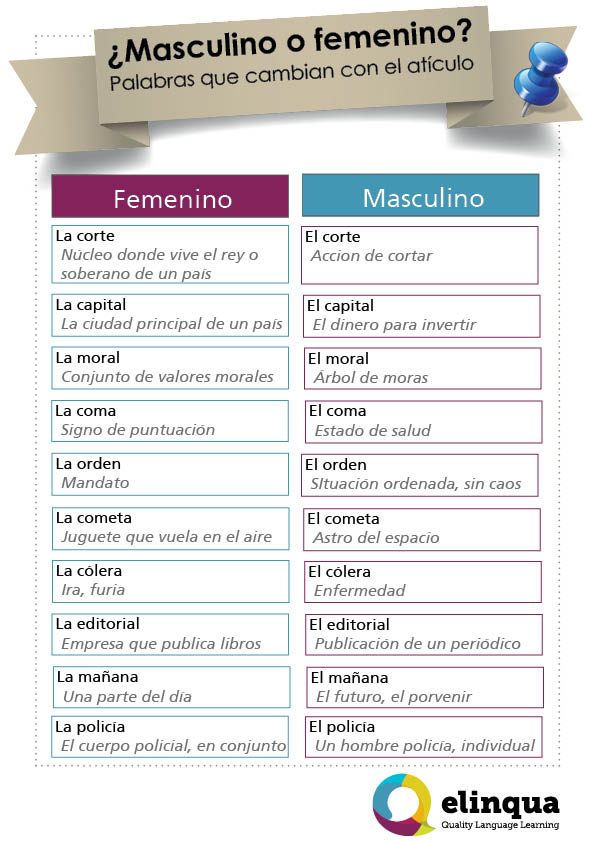
3 ways to practice Spanish during International Women’s Day
March 7, 2014
Most of the times we are talking about things that we do in the present: we are describing things and we are talking about habits and things we are doing at this moment. To do so, we need to conjugate the verbs in present and that is why this is a basic thing to learn in Spanish. Spanish verbs are difficult, but don’t worry: here you have a spanish present tense practice, that will clear up your mind for the regular verbs.
First, why don’t your try to do this exercises? You can either download the full PDF here or you can follow theses steps here.
To begin, read the following text and complete the three columns with the verbs from the text:
Now you’ve seen there are three conjugations or three verb groups in Spanish:
- Verbs in -ar
- Verbs in -er
- Verbs in -ir
This means that, depending on the ending of the infinitive (-ar, -er, -ir), a verb will follow a conjugation scheme (with some specific endings for every person and every tense). Now you have leant this, it mustn’t be hard to fill in the following table. Also, you may want to do the exercise below:
As you see, the second and third group are almost identical. Don’t forget that the form vosotros only exists in Spain, and not in Latin American countries, where the form ustedes (formal in Spain) is completely generalized no matter the context or situation.
Finally, you will find the solutions for this spanish present tense practice and, foremost, a clear explanation of the conjugation in present by clicking in the following link: VERBOS EN PRESENTE_SOLUCIONES
So this is the way we conjugate regular verbs in present tense in Spanish. If you are interested in learning what you can do with irregular verbs (ser, decir, hacer and so on), you can always take a look at other free Spanish exercises on our blog or try one of our online Spanish lessons.




